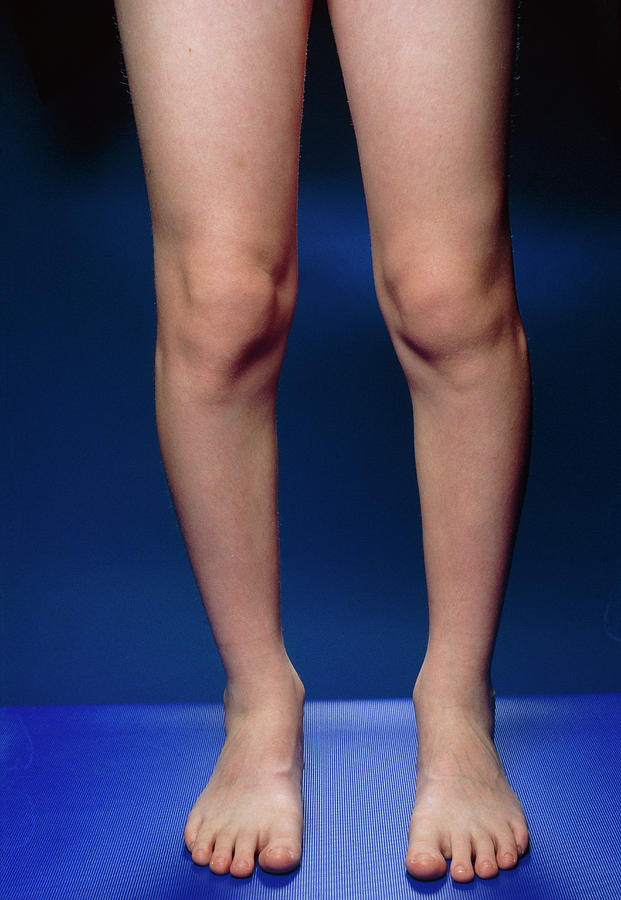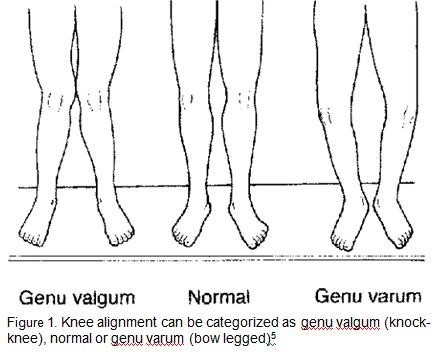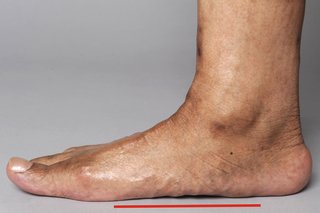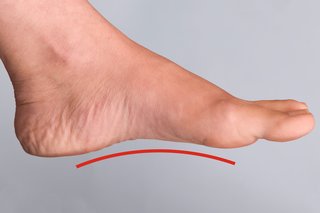bow legged baby nhs
It causes severe pain in using legs. Baby and child health.
Bow legs may become more obvious in toddlers as they begin to walk.
. Unilateral or asymmetrical findings. The tibia can be rotated as well as bowed causing a condition called in-toeing when the feet point inward instead of straight out. Bowed Legs Blounts Disease Bowed legs in a toddler is very common.
Its considered a normal part of a childs growth and development. I have found you a little piece of information on Bow Legs from the NHS choices website which. The majority of Finlands bedrock accounts for 1930.
Between the ages of 2 - 4 the condition generally improves. Anybody can be born with achondroplasia but once a person has the condition it will run in the family and one in two of that persons. This is called physiologic bow legs.
When a child with bowed legs stands with his or her feet together there is a distinct space between the lower legs and knees. Bowlegs is a condition in which a persons legs appear bowed out meaning their knees stay wide apart even when their ankles are together. Orthopaedic Department Bow Legs Knock Knees Flat Feet and In-toeing Information for parents and carers Illustration showing twist in lower leg and thigh.
Their legs gradually straighten out during their second year No treatment is needed as the changes happen naturally. It is normal for a babys legs to be bowed at birth. 10 month old baby wont bear weight on legs.
Bow legs describes a position where the knees are apart when the ankles are together. At the age of about three the knee angle may change and knock knees may be noticed. If it defects the inner joints of the knee bowed leg deformity also progresses.
Bow Legs in Children Bow Legs is when there is a small gap between a childs knees and the ankles when standing with the feet together. Achondroplasia is caused by a genetic mutation a change within a gene. Walking often exaggerates this bowed appearance.
Bow legs and knock knees in children Bow legs and knock knees are a normal part of a childs growth. In most children bow legs. It is present in both legs.
This mutation can occur when the egg or sperm is being formed. It is normal in. Infants are born with bowed legs and tend to straighten out between 12 and 24 months.
Knock knees dont usually cause any other problems although a few severe cases may cause knee pain a limp or difficulty walking. A small distance between the ankles is normal but in people with knock knees this gap can be up to 8cm just over 3 inches or more. Before the age of two most children have this small gap between their knees when they stand.
But a child who still has bowlegs at about age three should be evaluated by orthopedic specialist. As a child starts walking the bowing might increase a bit and then get better. This means that most babies look like they are bow legged when they start walking.
This is very common in children as they start to walk. Osteoarthritis is mostly seen in adults. Bowlegs refers to a condition in which a persons legs appear bowed bent outward even when the ankles are together.
1 Generally under the age of 2 years bowed legs are considered a normal process of the developing skeleton. The legs gradually straighten as the infant grows and develops and bow legs will usually have. The common factor of bowing in the legs is to wear and tear of arthritis knees.
In normal development your childs legs will become straighter by. Bow legs in a child older than 4 years. Their knees do not meet while in this position.
If the baby stands or lies with their feet together there will be a space between the knees. Knock knees that dont improve on their own can also place your knees under extra pressure which may increase. Bowlegs is also known as congenital genu varum.
The most common cause of bowed legs in the toddler age range is simply normal development. The oldest part of the bedrock is the archeological bedrock of 2800-2700 million years old in eastern and northern Finland. Photo and standing-alignment X-ray of a child with bowlegs.
Bowed legs also known as genu varum or bowlegs is a common condition occurring in infants and toddlers. It is a random event but the gene change can also be inherited. 10 month old baby wont bear weight on legs.
It can cause other problems too mainly due to the way the lower leg bears the weight of the body. The bend in the legs often causes the child to also walk pigeon- toed with feet pointing inwards. The support of joints of the knees and cartilage decreases in this condition.
Bow legs genu varum It is normal for infants to be born with bow legs. The basement is visible in many places. When babies are born with bow legs its because some of the bones had to rotate twist slightly when they were growing in the womb to fit into the small space.
The angle of the bow tends to peak around the age of 18 months and then gradually resolve within the following year. This becomes more noticeable when they beginstanding and walking. Baby and child health.
It is normal in babies due to their position in the womb. This is normally seen in children until the age of two years. The Finnish bedrock belongs to the old Fennoscandian plate where only small parts are younger than 1 800 million years.
Accordingly bowed legs are usually just another aspect of babys development. When a child with bow legs stands with their feet and ankles together the knees stay apart. Also known as genu varum bowlegs are an outward curve of the upper half femurs and lower half tibias of the leg bones.
Bow legs at any age with an acute deformity at the proximal tibia possible Blounts disease. This may be a result of either one or both of the legs curving outward. This bowing is due to the forming of the legs while the baby is still in the womb when the bones are soft and flexible.
The bend in the legs often causes the child to also walk pigeon- toed with feet pointing inwards. Severe deformity or femoral intercondylar distance more than 6 cm. Joint swelling or abnormal joint examination.
A child has bow legs if when they are standing with their feet together their knees do not touch. In normal development your childs legs will become straighter by the age of about two years. Illustration showing normal legs bow legs and knock knees.
Over time usually decades Blount disease can lead to arthritis of the knee joint and trouble walking. The result is a bow-shaped appearance in your babys legs when theyre standing with their feet and ankles together.

Leg Posture Cchp Community Children S Health Partnership

Nhs No Chance Of Training Enough Staff Nurse Staffing Nurse Leader Social Care

Nhs Class Gift Donation Request Letter Donation Request Letters Donation Request Pta Donation Request Letter

Children S Foot Care Oxford Health Nhs Foundation Trust

How To Correct Bow Legs Bowed Legs Bow Legs Nhs Can Bow Legs Be Corrected In Adults Bow Leg Cure Bow Legged Correction Bow Legged Leg Workout

Bilateral Femoral Anteversion Knock Knees Photograph By Medical Photo Nhs Lothian Science Photo Library Fine Art America

False Curvature Of The Knees Bow Legged Bow Legged Correction Knock Knees

Childhood Development Children S Integrated Therapies

Nhsggc Bow Legs And Knock Knees Information For Referrers

Isle Of Wight Nhs Trust When You Unexpectedly End Up In The Emergency Department Have Planned Surgery Or An Overnight Stay In A Hospital Do You Take An Obligatory Photo Let S




